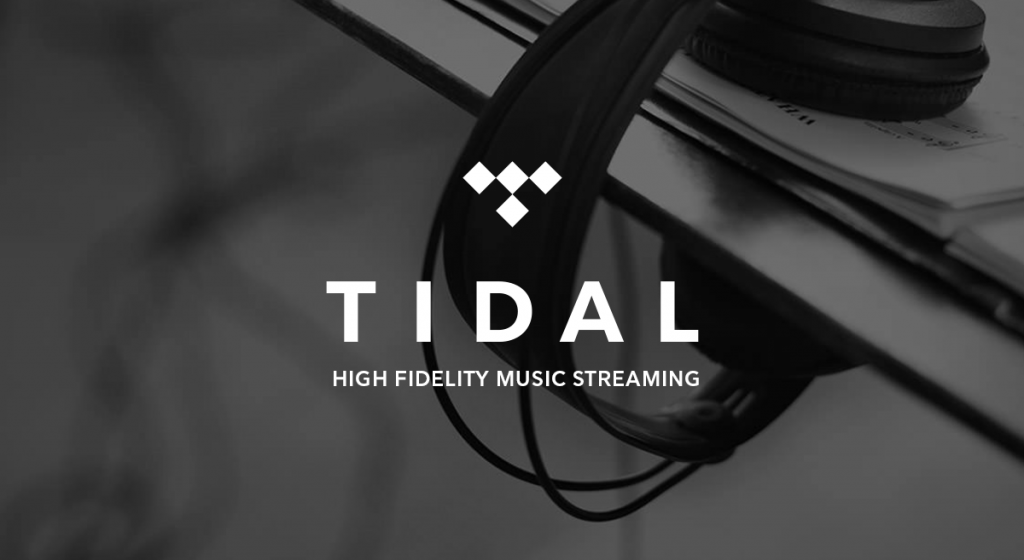As I watched Wisconsin vs. Kentucky this past weekend,
I saw a star-studded commercial featuring many of the nation’s most popular
artists: Jay-Z, Madonna, Kanye West, Beyoncé, and many others were all present. They all exiting their cars in designer clothes, trying to seem as important as possible while walking in slow-motion. They gathered around a large conference table and panned the camera to reveal all the famous faces. At its end viewers are shown one word, Tidal. Immediately after, I
did exactly what the advertiser pitched that every American would do. I hopped on
my phone to figure out what Tidal was and why so many A-list
musicians were involved.
 Upon further research I found that Tidal is the
latest music service provider to hit the market. As if there were not enough
players in the market, now Jay-Z and his partners are making their latest
business venture apparent to a very large audience and plan to battle dominant
providers like Pandora and Spotify.
Upon further research I found that Tidal is the
latest music service provider to hit the market. As if there were not enough
players in the market, now Jay-Z and his partners are making their latest
business venture apparent to a very large audience and plan to battle dominant
providers like Pandora and Spotify.
These are the things I discovered that make Tidal different from its competitors:
higher quality sound, two paid subscription options, music recognition function
(a la Shazam), and promised "exclusive content". Assuming most people
who are interested in this service are already subscribed to competitors, why
would they switch over? It would be considerably more expensive when Tidal's two packages are listed at $9.99
and $19.99 a month with no free option as Pandora and Spotify provide. It also has more royalties towards artists built in. Tidal is
relying most heavily on celebrity endorsements to help attract press, and until
they provide something dramatically different from their competitors I believe it
will be difficult for them to gain a foothold.
Tidal has been active since
October and due to a late arrival to the scene they needed a boost like this
commercial to gain more mainstream attention. But there is really little room
left for them. These artists are banking heavily on their personal endorsements
and I don’t think much will come of it. The only major difference is the change
is bitrate. Tidal advertises CD
quality sound better than the compressed files we have grown accustomed to. Other than customers that are drawn purely
from the celebrity endorsements, only audiophiles utterly obsessed with the
sound quality of their music will be clientel. Moreover, studies have shown
that most people cannot hear the difference anyway.
Growing up as someone moderately interested in
music, I have learned that my generation, and the one ahead of me, are very
cheap when it comes to music. Many are reluctant to pay iTunes a dime, and
download all of their music illegally. Some choose to abuse the free trial
system on services like Spotify by changing their email repeatedly for new
trials. Others still find the cheapest ways possible to get all of the music
they want without paying. Are people really going to pay $19.99 a month for
music quality they might not even hear? No, and unless Tidal is going to provide some extraordinary “exclusive content,”
it may remain not only late but altogether out of the game.
No comments:
Post a Comment